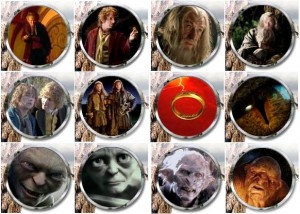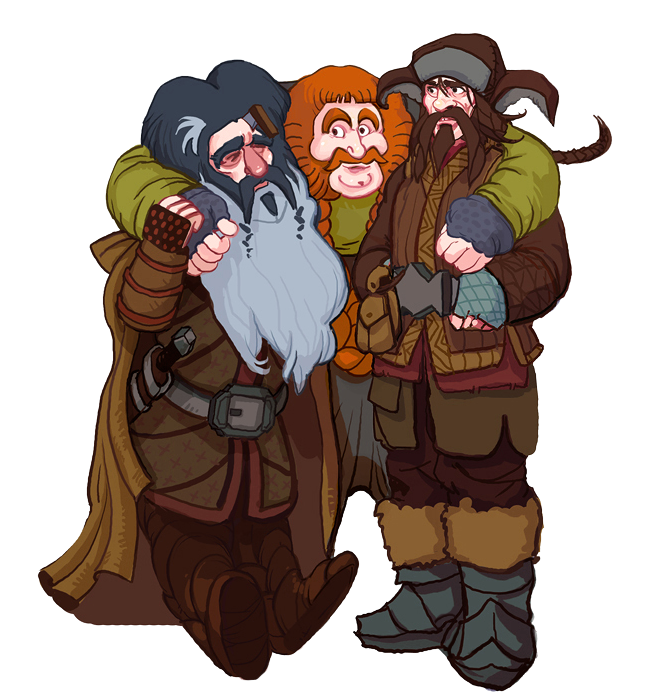 Welcome to our weekly live webcast — TORn TUESDAY — now on the 5th part of our ongoing series of discussions on the History of the Dwarves who undertake the Quest of Erebor. Today we talk about BIFUR, BOFUR and the immensely overweight and endearing BOMBUR (Go #TeamBombur on Twitter!). Bring your questions and join us LIVE for a fascinating chat about how these characters are all intertwined. Continue reading “BIFUR, BOFUR & BOMBUR Dwarven History Part 5 on TORn TUESDAY *Live* Webcast!!”
Welcome to our weekly live webcast — TORn TUESDAY — now on the 5th part of our ongoing series of discussions on the History of the Dwarves who undertake the Quest of Erebor. Today we talk about BIFUR, BOFUR and the immensely overweight and endearing BOMBUR (Go #TeamBombur on Twitter!). Bring your questions and join us LIVE for a fascinating chat about how these characters are all intertwined. Continue reading “BIFUR, BOFUR & BOMBUR Dwarven History Part 5 on TORn TUESDAY *Live* Webcast!!”
Category: TheOneRing.net Community
In his third article for our worldwide community, Tedoras, long-time audience participant on our TORn TUESDAY webcast, shares unique insights on the strange demarcation found in The Hobbit but not mentioned in LOTR: the “Edge of the Wild.” Wondering as we often do what exactly Professor Tolkien meant by this invisible line that other characters refer to in the story, Tedoras has a fresh take on cartography influenced by imagination. Take it away, Tedoras….
————————————————————————————-
Beyond the “Edge of the Wild”
By Tedoras — special to TheOneRing.net
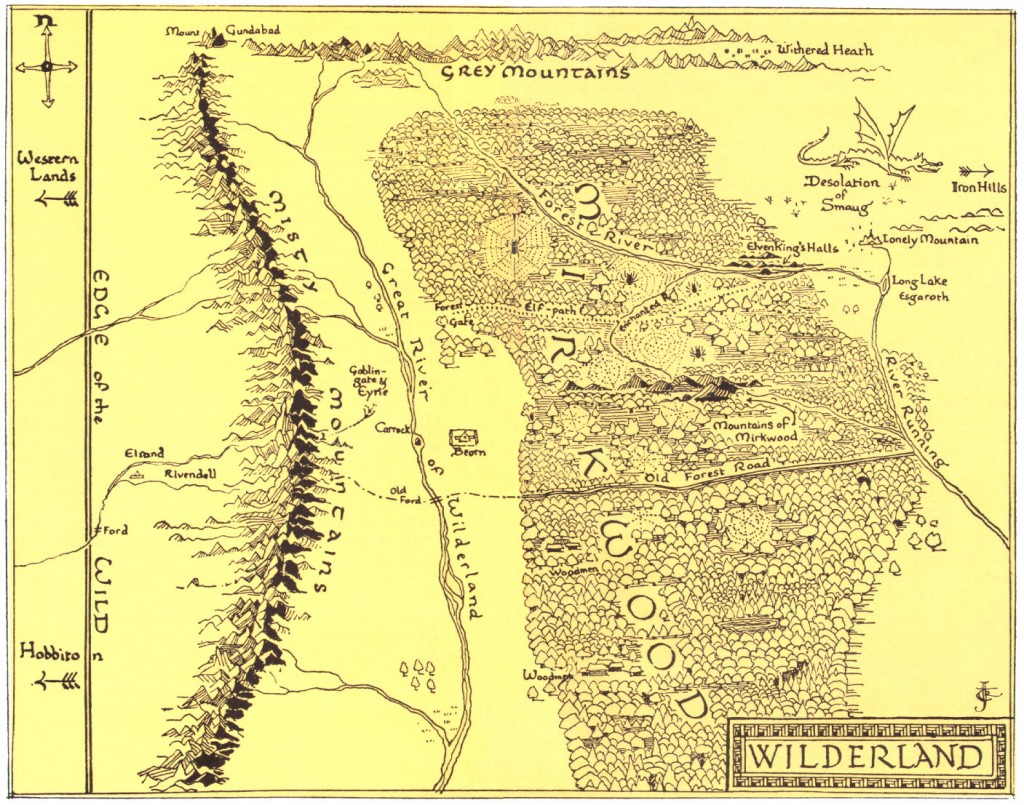 One of the most interesting aspects of the Map of Wilderland included in The Hobbit is that very odd, rather portentous demarcation denoting the “Edge of the Wild.” Perhaps many of us, as kids, did not really note the significance of this line: it remained, to us, an added piece of mystery and awe. Certainly, the line retains those qualities today. However, now that I am older, the real meaning of this line is clearer (and, yes, although the Professor may not have wanted us to search for any “meaning” in this line—but to take at its “face value,” rather—there is yet merit in analyzing it. It was drawn for a reason on the map, mind you). Well, perhaps it is not “meaning” for which we look in this line, but rather its purpose to us, the readers, as we follow Bilbo into the Wild.
One of the most interesting aspects of the Map of Wilderland included in The Hobbit is that very odd, rather portentous demarcation denoting the “Edge of the Wild.” Perhaps many of us, as kids, did not really note the significance of this line: it remained, to us, an added piece of mystery and awe. Certainly, the line retains those qualities today. However, now that I am older, the real meaning of this line is clearer (and, yes, although the Professor may not have wanted us to search for any “meaning” in this line—but to take at its “face value,” rather—there is yet merit in analyzing it. It was drawn for a reason on the map, mind you). Well, perhaps it is not “meaning” for which we look in this line, but rather its purpose to us, the readers, as we follow Bilbo into the Wild.
My interest in the Edge of the Wild peaked when I discovered a fantastic article by Patrick Brückner. In “Until the Dragon Comes,” Brückner focuses on the “real” and “fantastic,” and the reader’s perception of each, in Tolkien’s works; he notes that the mythopoeic role of dragons adds a “world-view that refers to an epic historic quality far beyond and different from the fairy tale elements of [Tolkien’s] texts” (Brückner 101). In the vernacular, Brückner merely posits that the concept of a dragon inherently adds realism to the text because of the historic properties we prescribe to dragons. I am not going to go on much more about archetypal dragons and their roles in mythopoeic fantasy; rather, I would like to focus on how Brückner applies this principle to uncover the true nature of the “Edge of the Wild” line.
Brückner notes, wisely, that it was Tolkien himself who, by virtue of adding this demarcation to the map, declared the point of transition from the “real” to the “fantastic” in The Hobbit. While it may seem a daunting task to argue against the Professor’s ostensible intent, Brückner provides a good case against this line being the actual point of transition. There are two reasons why this line does not mark a shift: first, because Rivendell (i.e., “the boundary of the perilous realm”) is clearly to the right of the line and, second, because the incident with the trolls occurs to the line’s left (109). Brückner’s thesis is, therefore, that we can assign the right side of the Edge of the Wild to the realistic sphere, and that we can do so because of the role of a dragon, Smaug (118). As a dragon, Brückner says, Smaug adds a “relevant epic-historical context that grounds The Hobbit“—the concept of the dragon inherently makes The Hobbit “a text that refers to older texts and traditions… that possess historical significance” (117). Thus, because Smaug exists to the right of the Edge of the Wild—and because his existence as a dragon carries with it the realistic sphere—this demarcation cannot be a point of transition from “real” to “fantastic.”
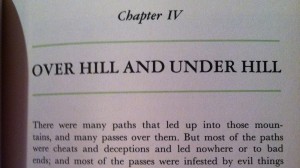 While I agree with Brückner’s conclusion, I cannot say it is only the dragon that adds realism to the story. Just as Smaug brings with him the “epic-historical” notions of dragons which ground him in the “real” sphere (think of dragons throughout Western literature, from Beowulf on), so too do the other “mythological” creatures in the text. Because of our now long exposure to Orcs, Elves, Wargs, and other rather fantastical inhabitants of Middle-earth, we attribute to them, too, the very same historical context as Brückner says we do to Smaug. One of the reasons we attribute such realism to the dragon is, as Brückner notes, that it references other texts. Well, with the wealth of literature written by Tolkien himself or about his works, the same references are possible with Orcs or any other creature. To fans of Tolkien’s works, Orcs and Dwarves are as “real” as Smaug; we simply use Tolkien’s legendarium as the historiographic source. Thus, to a fan to whom the question of Smaug’s existence is not an issue, neither is the assumption that the other ostensibly “fantastic” creatures to the right of the Edge of the Wild are actually real. It is, in my opinion, the collective picture painted by the inclusion of all these now familiar “fantastic” aspects (to which we ourselves assign historic—albeit not explicitly “real” historic—weight), that result in our placing the right side of the line in the sphere of realism.
While I agree with Brückner’s conclusion, I cannot say it is only the dragon that adds realism to the story. Just as Smaug brings with him the “epic-historical” notions of dragons which ground him in the “real” sphere (think of dragons throughout Western literature, from Beowulf on), so too do the other “mythological” creatures in the text. Because of our now long exposure to Orcs, Elves, Wargs, and other rather fantastical inhabitants of Middle-earth, we attribute to them, too, the very same historical context as Brückner says we do to Smaug. One of the reasons we attribute such realism to the dragon is, as Brückner notes, that it references other texts. Well, with the wealth of literature written by Tolkien himself or about his works, the same references are possible with Orcs or any other creature. To fans of Tolkien’s works, Orcs and Dwarves are as “real” as Smaug; we simply use Tolkien’s legendarium as the historiographic source. Thus, to a fan to whom the question of Smaug’s existence is not an issue, neither is the assumption that the other ostensibly “fantastic” creatures to the right of the Edge of the Wild are actually real. It is, in my opinion, the collective picture painted by the inclusion of all these now familiar “fantastic” aspects (to which we ourselves assign historic—albeit not explicitly “real” historic—weight), that result in our placing the right side of the line in the sphere of realism.
The most common sense case can be made for a demarcation placed East of Rivendell. The Misty Mountains mark the Western border of Rhovanion (Wilderland), so in that sense, such a line would really be the Edge of the Wild. However, that is of course not the case. So why, then, is the line placed where it is? The best scenario would be to ask the Professor himself (certainly this is one of those rather puzzling Middle-earth conundrums). Yet, I think I can fathom a guess, or at least one hypothesis. If you look at the Map of Wilderland, you’ll note that to the left of the demarcation, at the top, is written “Western Lands”, with an arrow naturally pointing West. If we hold Tolkien’s views on direction as canonical, then it makes sense for the East to be characterized as the “wild”, and altogether less fair than the West. Looking at a map of Eriador, such a conclusion seems plausible for, certainly, Wilderland lies far to the East.
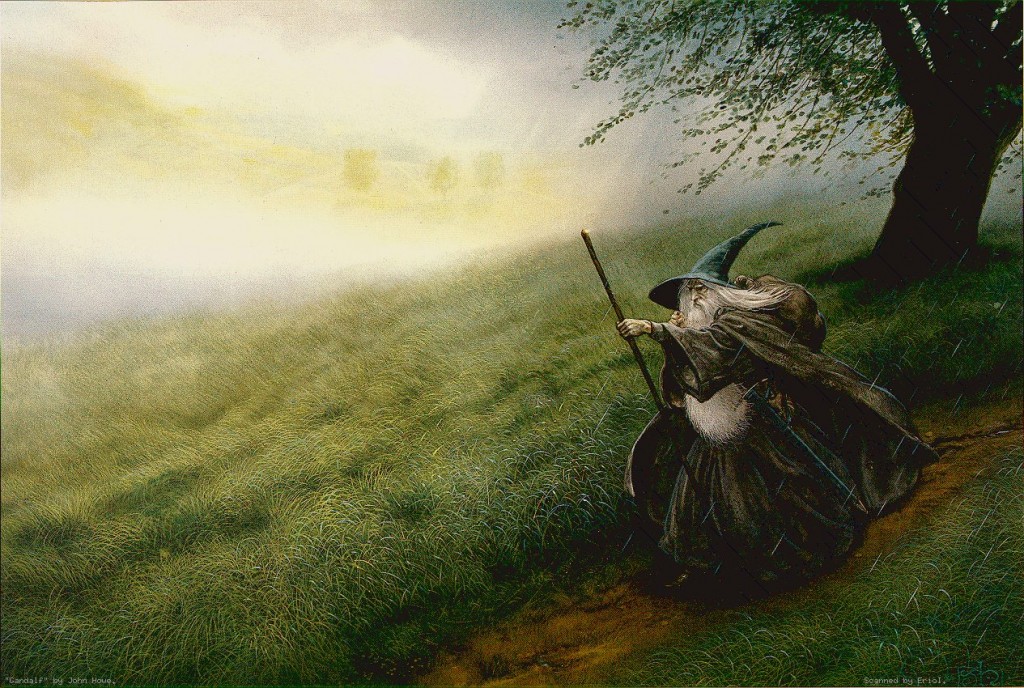 Though simple, such a hypothesis is sound; anyone familiar with Middle-earth knows that to the East lies danger. And the aforementioned simplicity is also key. When deciding to draw this now infamous line, Tolkien would probably not have been debating the convoluted significance of such an action—rather, he would have been thinking of geography, as any cartographer is wont to do. Unfortunately, we may never know.
Though simple, such a hypothesis is sound; anyone familiar with Middle-earth knows that to the East lies danger. And the aforementioned simplicity is also key. When deciding to draw this now infamous line, Tolkien would probably not have been debating the convoluted significance of such an action—rather, he would have been thinking of geography, as any cartographer is wont to do. Unfortunately, we may never know.
(All references to the text from: Brückner, Patrick. ” ‘…Until the Dragon Comes’: Tolkien’s Dragon-Motif as a Poetological Concept.” Tolkien’s Shorter Works: Essays of the Jena Conference 2007 (2008): 101-35. Walking Tree Publishers. Print.)
Has your hen suddenly turned into a Nazgul? Don’t worry, she may just be broody! Join Fili to learn how to deal with these temperamental chickens! [Happy Hobbit: Broody Hens – Episode 18]
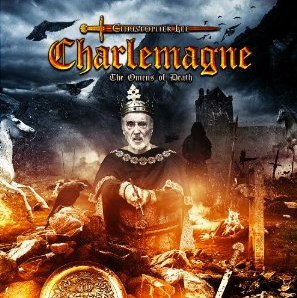 What will you be doing on your 91st birthday? If you are Sir Christopher Lee, you are releasing a heavy metal album based on the life of the French ruler Charlemagne. Recorded with Judas Priest guitarist Richie Faulkner, Charlemagne: The Omens of Death is the follow-up to Lee’s 2010 release Charlemagne: By the Sword and the Cross. One can only hope to be so active in their Nineties! [Audio CD] [MP3 Download] [Vinyl]
What will you be doing on your 91st birthday? If you are Sir Christopher Lee, you are releasing a heavy metal album based on the life of the French ruler Charlemagne. Recorded with Judas Priest guitarist Richie Faulkner, Charlemagne: The Omens of Death is the follow-up to Lee’s 2010 release Charlemagne: By the Sword and the Cross. One can only hope to be so active in their Nineties! [Audio CD] [MP3 Download] [Vinyl]
Lee was born in Belgravia, Westminster, England on May 27th 1922 – making him exactly 91 years old today. We all know his work as Saruman in The Hobbit and The Lord of the Rings films, but did you know Sir Lee holds the world record for most film acting roles ever ! We at TheOneRing.net would like to continue to offer a good pint of well-earned ale as a toast to a true master of his craft! A better portrayal of Saruman there will never be! Cheers!
[Audio CD] [MP3 Download] [Vinyl]
 We’ve got a great reason to build up your Tolkien t-shirt collection! From now through Monday, we are offering 25% OFF our entire catalog with purchase of $30 or more. The sale includes our most popular designs: OBEY (The Eye of Sauron), May the Dwarves be With You, ‘I Like Big Books…,’ Lake Town Archery Club, Peter’s Dragon and more! We have also heard your feedback and adjusted our shipping rates to make purchasing even easier and more affordable. Don’t delay, this 25% Off offer is only good through Monday night at Midnight (Pacific). [Click here] As always, when you support TheOneRing.net all proceeds go to directly running the website. We are a true 100% volunteer not for profit website. Thank you in advance!
We’ve got a great reason to build up your Tolkien t-shirt collection! From now through Monday, we are offering 25% OFF our entire catalog with purchase of $30 or more. The sale includes our most popular designs: OBEY (The Eye of Sauron), May the Dwarves be With You, ‘I Like Big Books…,’ Lake Town Archery Club, Peter’s Dragon and more! We have also heard your feedback and adjusted our shipping rates to make purchasing even easier and more affordable. Don’t delay, this 25% Off offer is only good through Monday night at Midnight (Pacific). [Click here] As always, when you support TheOneRing.net all proceeds go to directly running the website. We are a true 100% volunteer not for profit website. Thank you in advance!



